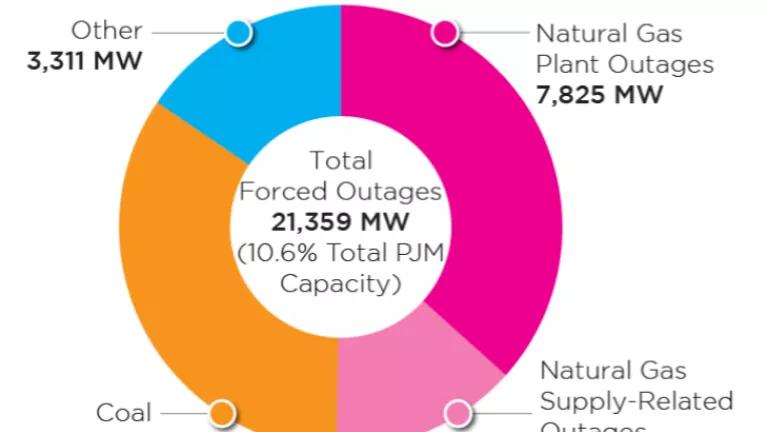
First I wrote about how a group of scientists had called on California to at least temporarily not include GHG emissions from indirect land-use change when looking at the emissions of biofuels. Then I wrote about how Tim Searchinger, a leading thinker on these types of land-use emissions took exception to the scientists' letter. Now it turns out that another team of scientists from a number of University of California programs also took exception, and even beat Tim to the punch. My posts were out of order, I realize, but that what happens when you go on vacation.
The UC team makes many of the same points I made in my original post:
We urge you [the California Air Resource Board] to recognize that just because we are uncertain about the value of a quantity, even over a fairly wide range, does not mean that we know nothing about it. The authors of the June 24 letter do not appreciate that the option to “not recognize iLUC” is not in fact available to ARB! Fuel in the LCFS will have a value for iLUC attributed to it; the question for ARB is, does existing science (and we strongly agree that as we learn more, policy should adapt if estimates change) best justify a value of zero? This is what it would mean to omit an LUC term, and our judgment is that the answer to this question is emphatically “no”.
The UC team carries particular weight on this issue since many of them are part of the group of academics hired by the CARB to provide technical guidance to the agency in developing the regulations to implement the low-carbon fuel standard.
The letter wraps up with the following:
CARB has the opportunity and has demonstrated the leadership to use the best scientifically based assessments — and we emphasize that we consider both technical potential and economic impacts central to the process — of the iLUC term in any fuel’s Average Fuel Carbon Intensity (AFCI), and be prepared to alter that estimate as the science advances. Right now, that best estimate for additional corn ethanol is between 100 and 200 gCO2eq/MJ.
The challenge that comes with opening up new technical, economic, social, and environmental areas of not only inquiry but also action is of balancing further study with implementation. We know today more than enough to move ahead with a scientifically and socially responsible LCFS. Further work is needed, but this can not be used as an excuse to permit irresponsible ventures to gain a foothold when the science exists today to make more informed choices.
I couldn't agree with the final sentiments more.
The reference to 100-200 gCO2eq/MJ is interesting. Gasoline has lifecycle GHG emissions of about 92 gCO2eq/MJ. So the UC team is saying that their modeling shows additional corn on average being worse than gasoline.
A few days after this letter, the UC Berkeley part of the team gave CARB an early draft of modeling (look for the spreadsheet from June 30) results based on work they're doing for CARB with Perdue University using the GTAP model. While they're looking for comments on these numbers, they do ask folks not to cite them, so I won't include the results here, but suffice it to say they are similar in magnitude with the result from Searchinger's Science paper.
If the results really to remain similar, it will be an important partial validation for both the UC/GTAP modeling and Searchinger's efforts because they use different models. Similar results will suggest that the results are not just a fluke of either model's approach. To the best of my knowledge, both models still lack validation through backcasting--seeing if the model can accurately predict known results when calibrated to an historic period. That will be an important test.
Nevertheless, the UC team and I appear to be in agreement that a) the land-use change emissions from biofuels can be larger than another source related to biofuels, b) the available science and modeling allows us to start estimating these impacts, and c) CARB's regulations can and must send a clear signal to the market to minimize this source of emissions and develop fuels that maximize the reductions in GHG emissions.

